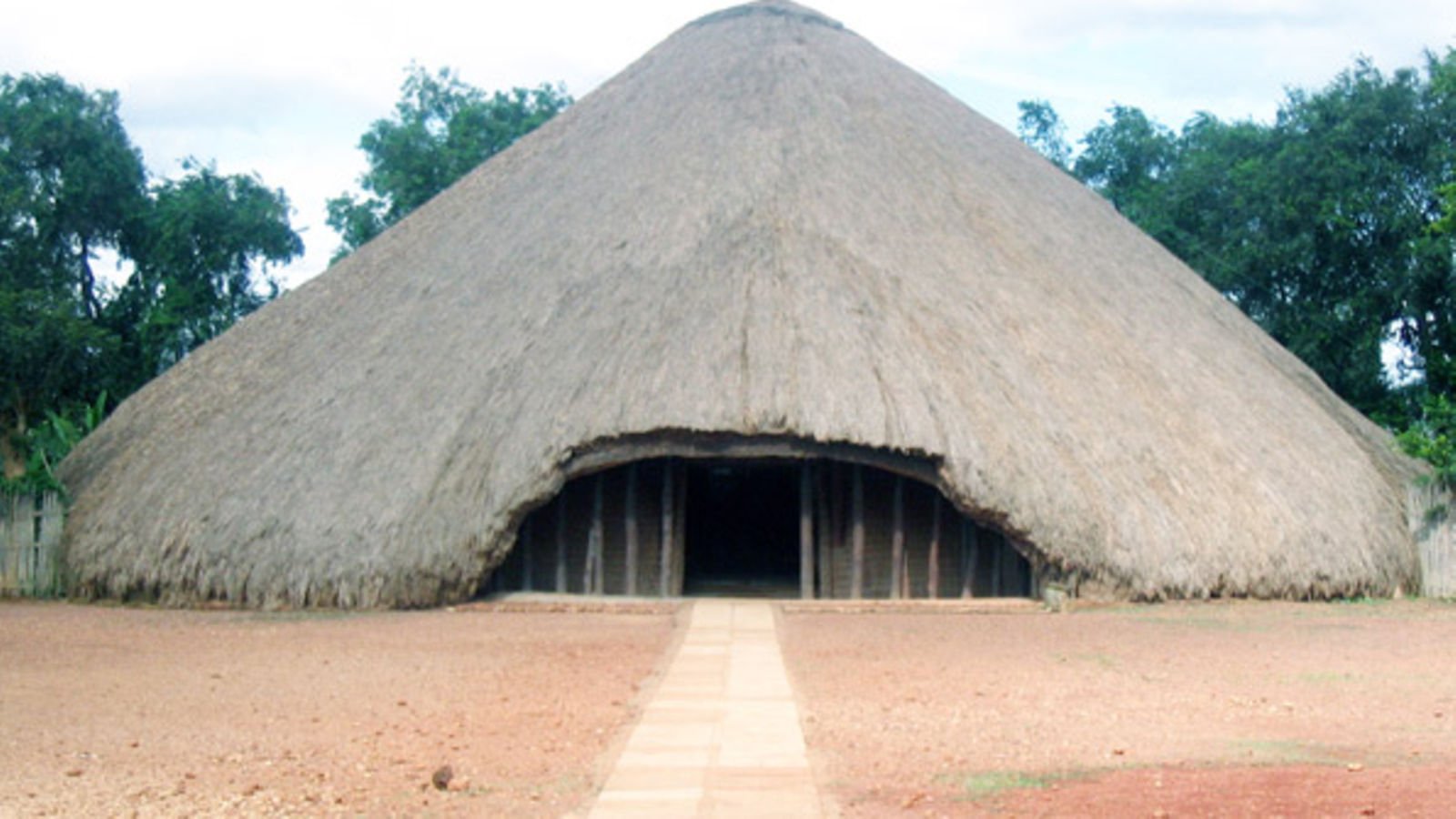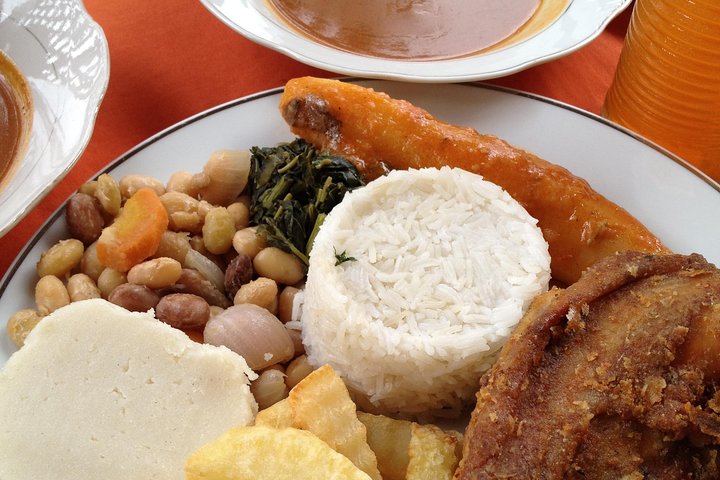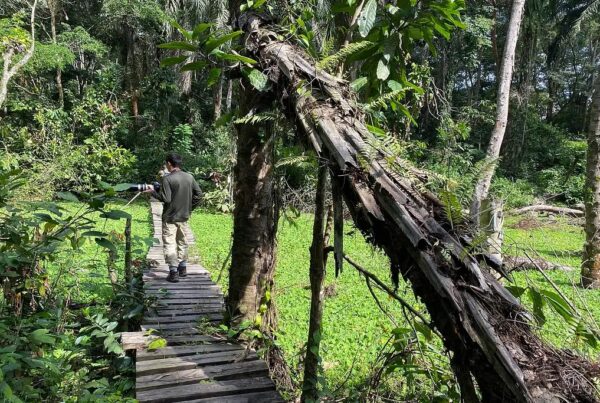Kasubi Tombs: Best Time to Visit to Culinary Experiences with Limited Time
Standing as a symbol of Uganda’s regal past, the Kasubi Tombs rise not only as a UNESCO World Heritage Site but as a sanctuary where history, spirituality, and culture converge. Located on the hills of Kampala, this sacred burial ground of the Buganda kings is more than just an architectural wonder. It is a living museum where traditions continue to breathe, where rituals and ceremonies unfold, and where the spirit of Uganda’s largest kingdom is preserved with reverence. For travelers with limited time, the Kasubi Tombs offer an opportunity to experience Uganda’s heritage within hours, leaving an imprint as profound as multi-day safaris or lengthy explorations.
Yet, what many do not realize is that the experience does not end at the gates of this cultural landmark. Surrounding the Kasubi Tombs, Kampala opens its arms with a rich culinary landscape that reflects the pulse of Ugandan life. The city’s food culture, steeped in tradition yet influenced by global flavors, offers a feast that complements the historical exploration. This combination of history and cuisine allows even a short visit to Uganda’s capital to become an immersion into both the tangible and the sensory heritage of the nation.
Thus, for travelers constrained by time yet eager for depth, the question arises: When is the best time to visit the Kasubi Tombs, and how can culinary experiences be woven into the journey? This article delves into the answers, offering a structured pathway to understanding the rhythm of this landmark and its culinary surroundings, all tailored to those with limited hours to spend yet an unlimited curiosity to explore.
Understanding the Kasubi Tombs
The Kasubi Tombs serve as the burial ground for four Kabakas (kings) of Buganda and members of the royal family. The site, originally a palace built in 1882 by Kabaka Mutesa I, was later transformed into a spiritual resting place, embodying both political authority and cultural continuity. At the center of the complex stands the Muzibu Azaala Mpanga, a monumental thatched structure that serves as the main tomb house.
The design is not accidental but deeply symbolic. The circular layout, the towering thatch roof, and the reed walls all reflect Buganda cosmology. Even the materials—grass, reeds, bark cloth, and wood—are imbued with meaning, symbolizing the connection between the earthly and the spiritual.
Visiting the tombs allows one to step into the legacy of Buganda, experiencing not only architecture but also oral traditions, rituals, and the guardianship of the site by the Nalinya, the spiritual custodian of the tombs. In this way, the Kasubi Tombs are more than a heritage site—they are a living cultural institution.
The Best Time to Visit the Kasubi Tombs
Travelers with limited schedules must time their visits wisely to maximize both cultural immersion and culinary exploration. The dry seasons, which occur from December to February and June to August, are particularly favorable. During these months, Kampala enjoys relatively stable weather, with less rainfall to interrupt travel or outdoor exploration. The grounds of the Kasubi Tombs are easier to navigate, and the city’s markets and restaurants bustle with activity, providing ideal conditions for combining heritage with gastronomy.
Visiting during the morning hours allows for a quieter, more reflective experience within the tombs before the day’s busier crowds arrive. Mornings also coincide with the opening of nearby local markets, where fresh produce is laid out in colorful abundance. This synchronicity creates the perfect bridge between cultural exploration and culinary adventure.
For those visiting during the rainy seasons of March to May or September to November, the tombs remain accessible but with more frequent showers. Interestingly, these months bring lush greenery around Kampala, and the culinary scene reflects seasonal harvests—avocados, mangoes, and jackfruit dominate menus, offering a uniquely Ugandan seasonal taste. Thus, while the dry season offers convenience, the wet season enriches the culinary journey.
Culinary Experiences Around the Kasubi Tombs
Visiting the Kasubi Tombs is not an isolated event; it is part of a wider Kampala experience that pulses with flavor. For travelers who must condense their exploration into a single day or even a few hours, food becomes the perfect companion to culture. Around the tombs, the city offers a range of culinary experiences that reflect the identity of Uganda itself.
The most immediate connection is found in the local food markets. Owino Market, Nakawa Market, and Nakasero Market showcase Uganda’s agricultural richness. Here, one finds matoke piled in generous stacks, cassava roots freshly harvested, groundnuts in baskets, and the fragrant aroma of roasted maize filling the air. These markets are not simply trading spaces but cultural theatres where food, commerce, and social life intertwine.
Beyond the markets, Kampala’s eateries and restaurants add layers to the culinary narrative. Traditional Buganda meals, such as malewa (a delicacy made from smoked bamboo shoots) and luwombo (a stew often cooked in banana leaves), are celebrated for their authenticity. Travelers pressed for time often find joy in sampling these dishes, which require little introduction yet offer deep cultural immersion.
Equally enticing is Uganda’s street food culture, which thrives along Kampala’s busy roads. Rolex—a rolled chapati stuffed with eggs, vegetables, and sometimes meat—has become the city’s iconic fast meal, embodying the ingenuity of Ugandan street chefs. For the traveler leaving the Kasubi Tombs and moving into the bustle of Kampala, grabbing a Rolex becomes both a practical and cultural act. It is quick, flavorful, and deeply rooted in local identity.
The Fusion of History and Taste
What makes the combination of the Kasubi Tombs and Kampala’s food scene so remarkable is the fusion of history and taste. The Tombs tell the story of Buganda’s kingship, authority, and spiritual traditions, while the surrounding culinary landscape tells the story of its people, their creativity, and their daily life. Together, they form a complete picture of Ugandan identity.
Imagine leaving the solemn and symbolic atmosphere of the Muzibu Azaala Mpanga and entering a nearby restaurant that serves traditional Buganda cuisine. The flavors—rich stews, matoke, groundnut sauces—become sensory reflections of the history just witnessed. The transition from the tombs to the table is seamless, turning a short visit into a multidimensional journey.
This interplay between heritage and cuisine is what makes the Kasubi Tombs a unique destination for travelers with limited time. Even in a matter of hours, one can touch both the intangible traditions of kingship and the tangible tastes of Uganda’s living culture.
Maximizing Limited Time
For travelers whose time in Kampala is short, structuring the day becomes essential. Beginning with a morning visit to the Kasubi Tombs ensures a reflective, less crowded exploration. After absorbing the cultural weight of the tombs, the late morning or afternoon can be devoted to culinary experiences. Kampala’s markets and restaurants are conveniently close, allowing for easy transition between heritage and gastronomy.
Even with limited time, one can achieve a balance: spiritual immersion at the tombs, followed by culinary delight in the city. The experience does not demand long itineraries but rather careful planning and an openness to engage with both history and flavor. By approaching the Kasubi Tombs not as a stand-alone attraction but as part of a broader cultural-culinary experience, travelers ensure that every moment, however limited, becomes rich in meaning.
Seasonal Flavors and Cultural Significance
The best time to visit the Kasubi Tombs is also influenced by Uganda’s seasonal food cycles. During the dry seasons, harvests of maize, beans, and bananas dominate, providing the base for many Ugandan meals. Restaurants and local markets during this time offer hearty and filling foods that reflect abundance.
During the rainy seasons, however, a different culinary palette emerges. Fruits such as jackfruit, papaya, and mangoes become more prominent, adding freshness and vibrancy to meals. This seasonal shift not only affects the taste of Kampala but also deepens the understanding of Uganda’s relationship with its land. For the traveler who visits the tombs during these months, the culinary journey is enriched by the season’s bounty, turning a limited stay into a broader exploration of nature’s rhythm.
The Deeper Connection Between Food and Heritage
Food and heritage are inseparable in Uganda, and nowhere is this more evident than in a combined visit to the Kasubi Tombs and Kampala’s culinary scene. The tombs preserve the memory of kings and traditions that shaped Buganda, while the cuisine carries forward the daily practices of its people. Together, they narrate a single story: one of continuity, identity, and cultural pride.
When travelers with limited time choose to combine these experiences, they gain more than just a passing glance at Uganda. They receive a layered understanding, one that speaks not only through architecture and ritual but also through taste and aroma. The Kasubi Tombs provide the cultural framework, and the food gives it substance, creating a journey that lingers far beyond the hours spent.
The Perfect Union of Time, Culture, and Flavor
The Kasubi Tombs are more than a landmark; they are the spiritual and cultural heartbeat of Uganda’s Buganda Kingdom. For those with limited time, visiting them provides an immediate and profound connection to the nation’s heritage. Yet when paired with Kampala’s vibrant culinary landscape, the experience expands into something even greater—an immersion into both the solemn traditions of kingship and the lively creativity of Uganda’s kitchens.
Whether visited during the dry season, when weather eases exploration, or during the rainy season, when culinary bounty flourishes, the Kasubi Tombs and Kampala’s food culture form a perfect union. For travelers who seek depth in short hours, this combination offers the very best of Uganda in concentrated form: history that speaks through monuments and identity that speaks through flavor.
Those planning to embark on such an unforgettable journey should entrust their travels to experts who craft seamless experiences across Uganda. It is therefore recommended to book your African tours and safaris through WildHorn Africa, ensuring that every detail of your cultural and culinary journey—from the Kasubi Tombs to the streets of Kampala—is designed to leave a lasting impression.





 WildHorn Africa – Authentic and unforgettable tours across Africa, guided by local experts who know the land, wildlife, and culture best.
WildHorn Africa – Authentic and unforgettable tours across Africa, guided by local experts who know the land, wildlife, and culture best.


